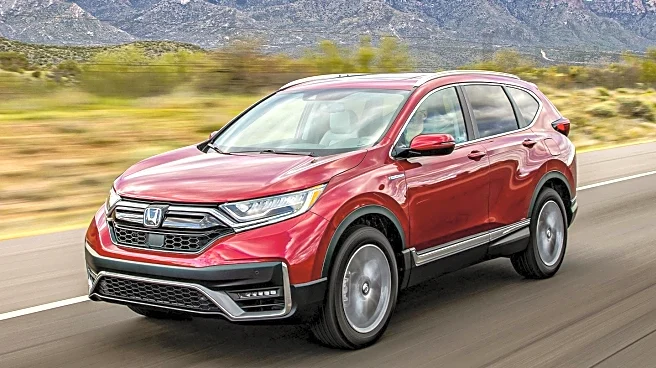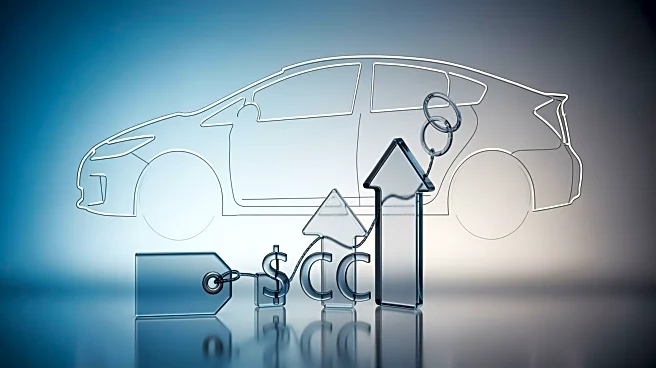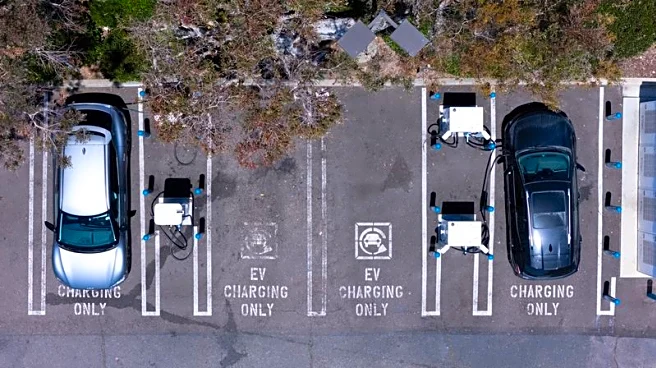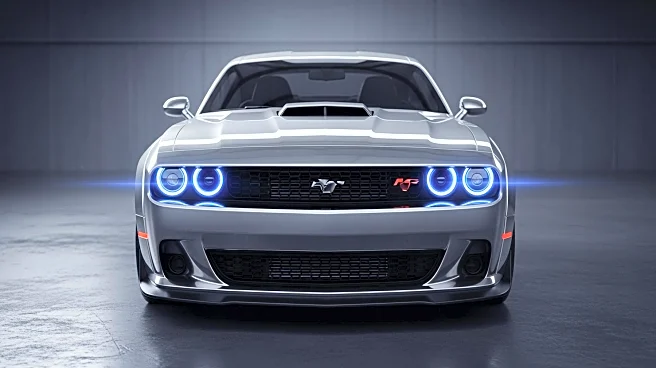What's Happening?
Consumer Reports has identified five compact SUVs as being among the most spacious in their class for 2025. These models include the Hyundai Tucson, Subaru Forester, Honda CR-V Hybrid, Toyota RAV4 Hybrid, and Kia Sportage Hybrid. Each vehicle offers a combination
of ride comfort, tech features, and capability both on and off the road. The report emphasizes the importance of space and efficiency in compact SUVs, noting that these models provide ample room for passengers and luggage while maintaining competitive fuel economy.
Why It's Important?
The selection of spacious small SUVs by Consumer Reports highlights the growing demand for vehicles that offer both comfort and efficiency. As consumers increasingly prioritize space and fuel economy, automakers are responding by designing vehicles that meet these needs. The report provides valuable insights for potential buyers, helping them make informed decisions based on their preferences for space, technology, and performance. This trend reflects broader shifts in consumer preferences, where practicality and efficiency are becoming key factors in vehicle choice.
What's Next?
As automakers continue to innovate, the focus on spacious and efficient SUVs is likely to persist. Companies may introduce new models or update existing ones to enhance space and technology features, catering to consumer demands. The competition among automakers to offer the best combination of comfort, efficiency, and technology will likely intensify, driving further advancements in the SUV segment. Consumers can expect more options and features in future models, as manufacturers strive to meet evolving preferences.
Beyond the Headlines
The emphasis on spacious small SUVs may influence broader trends in vehicle design and manufacturing. As automakers prioritize space and efficiency, there could be shifts in production strategies and supply chain dynamics. The focus on consumer needs may also lead to increased collaboration between automakers and tech companies, integrating advanced technologies into vehicle design. This evolution in the automotive industry underscores the importance of adapting to changing consumer preferences and market demands.














